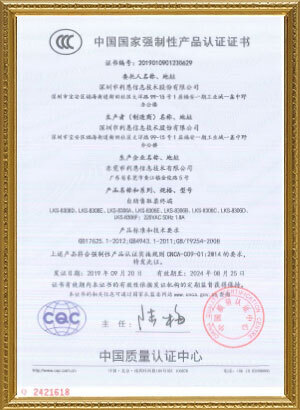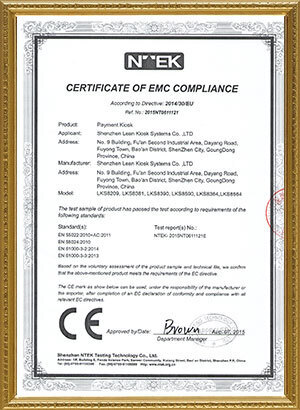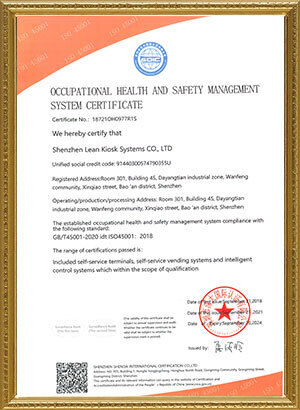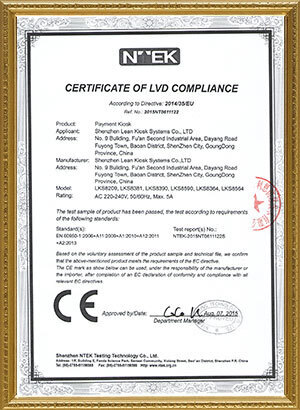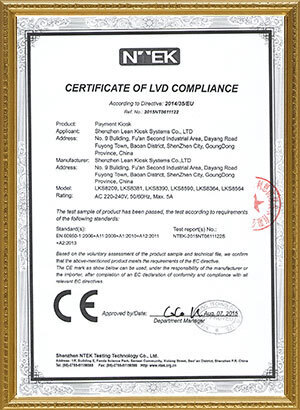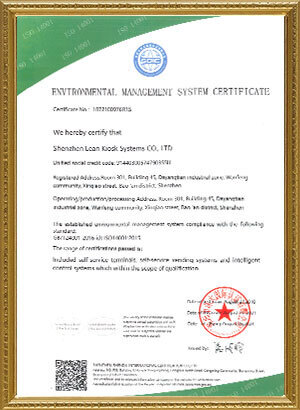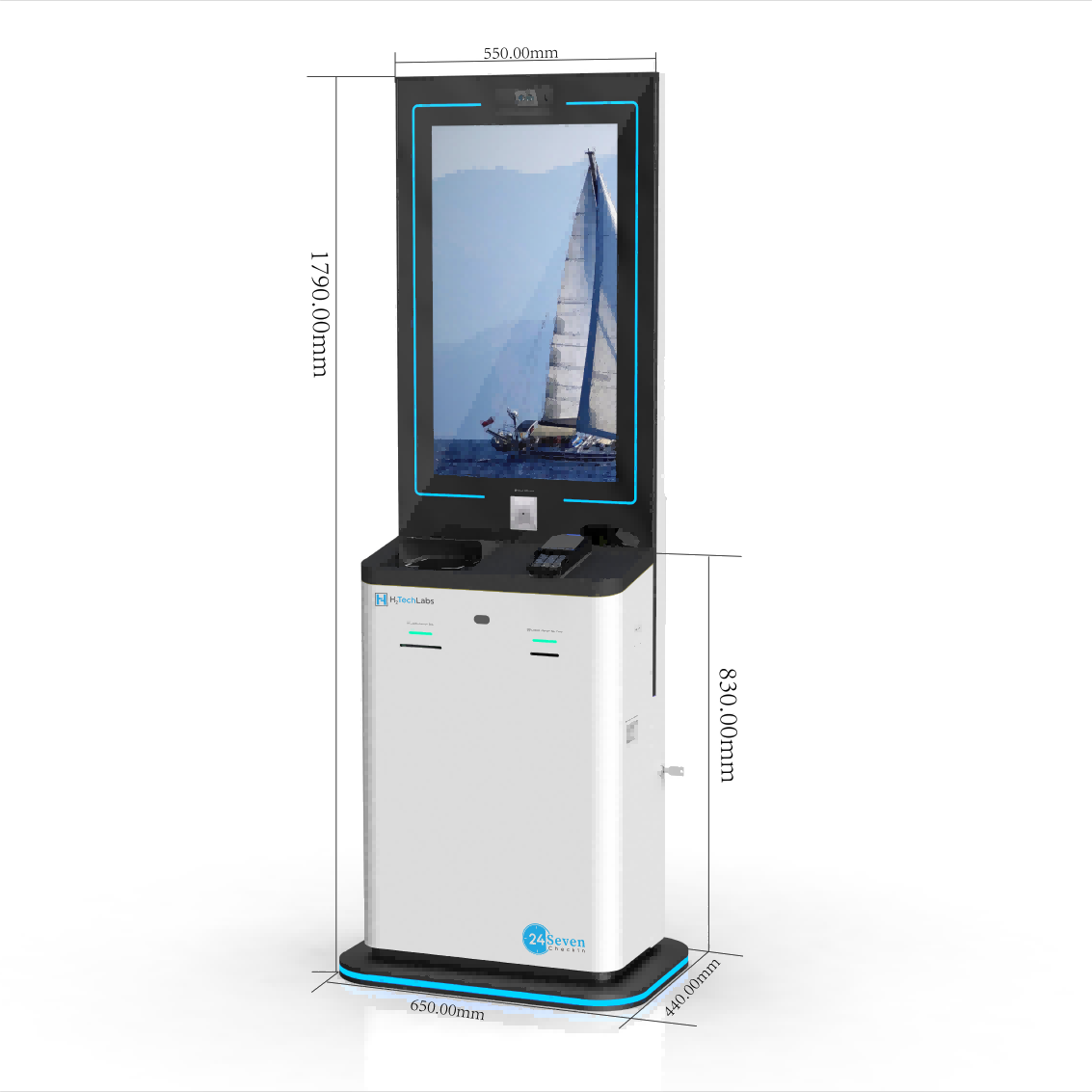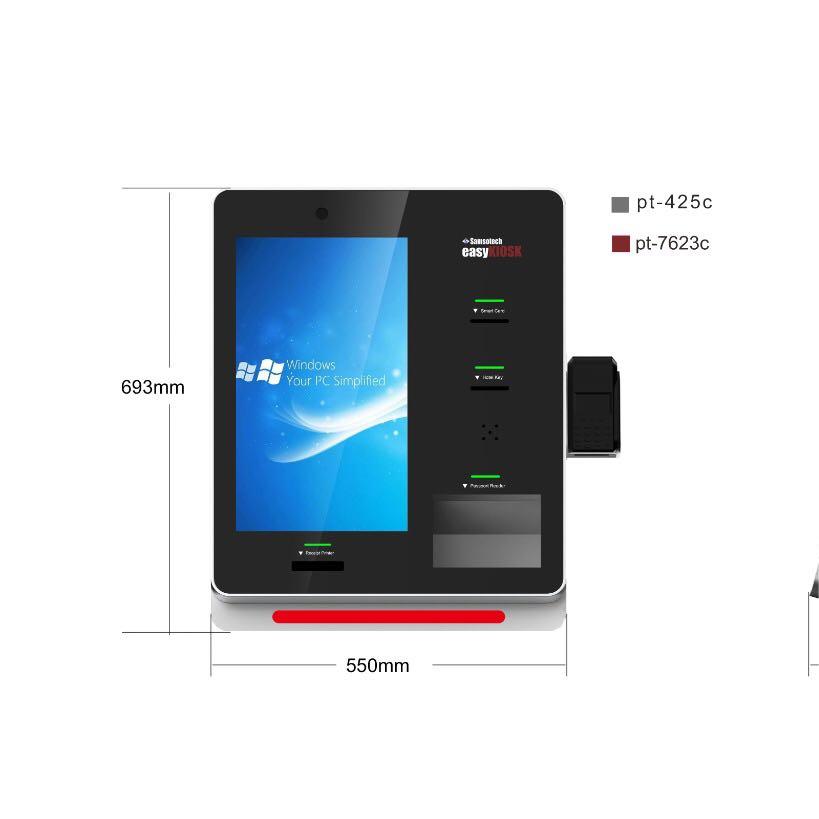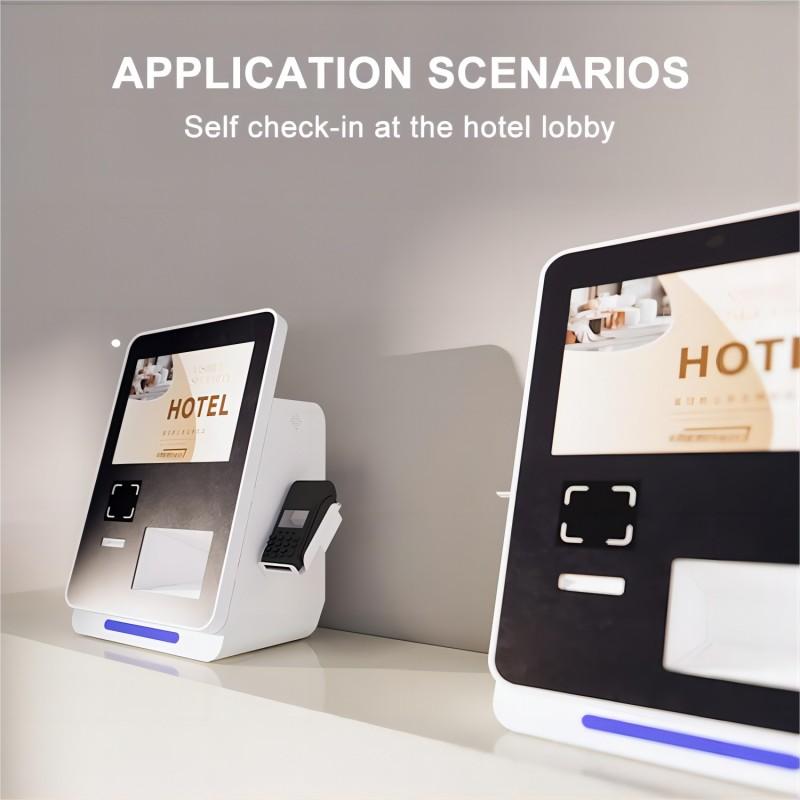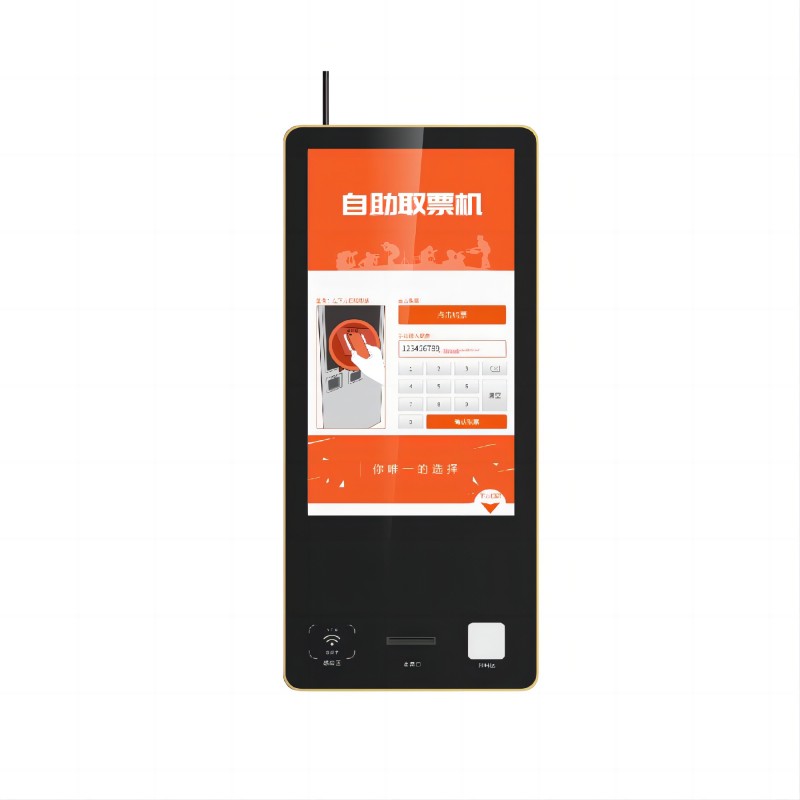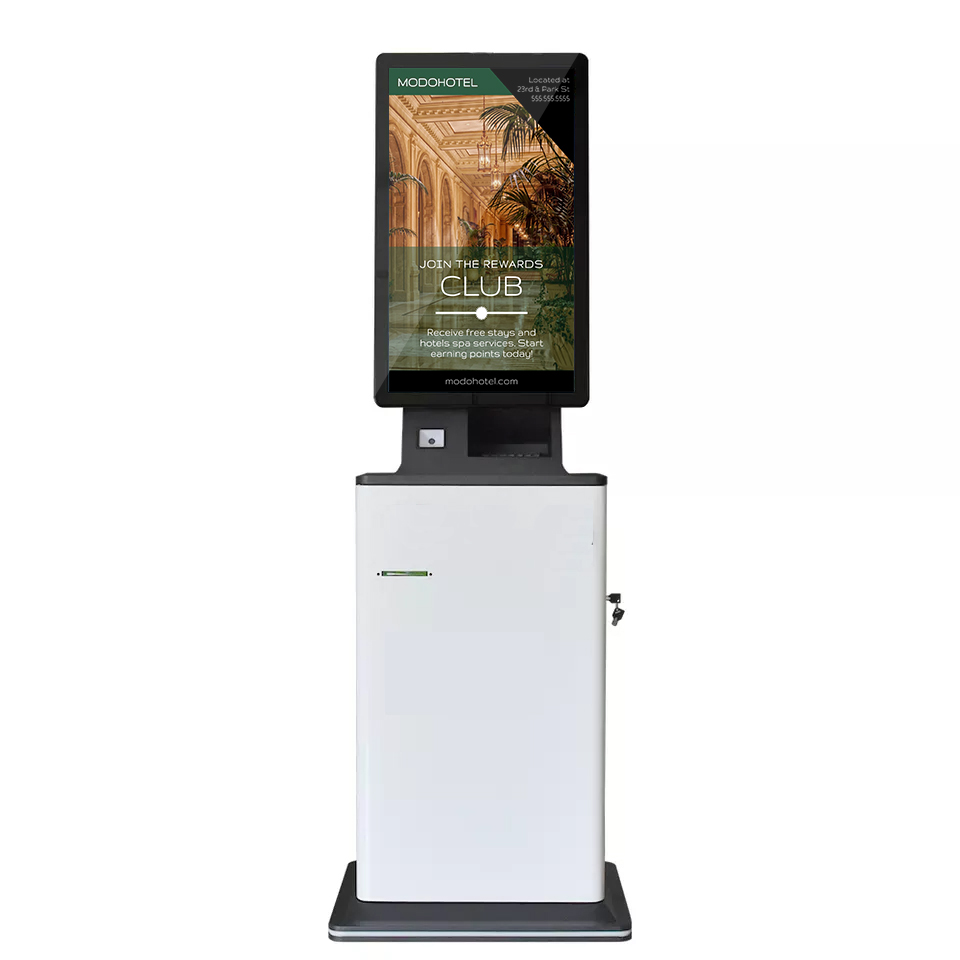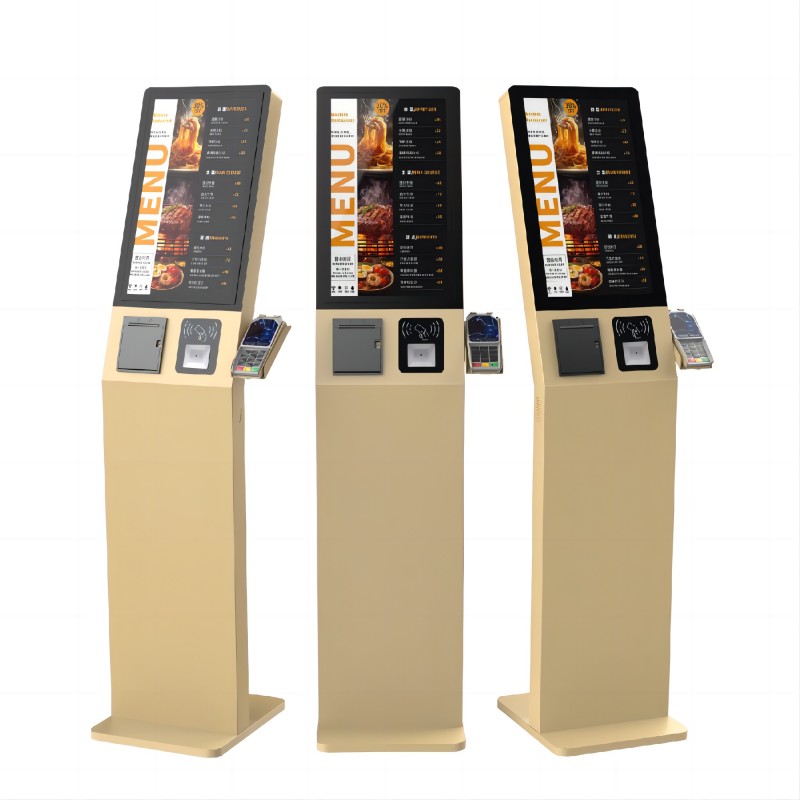
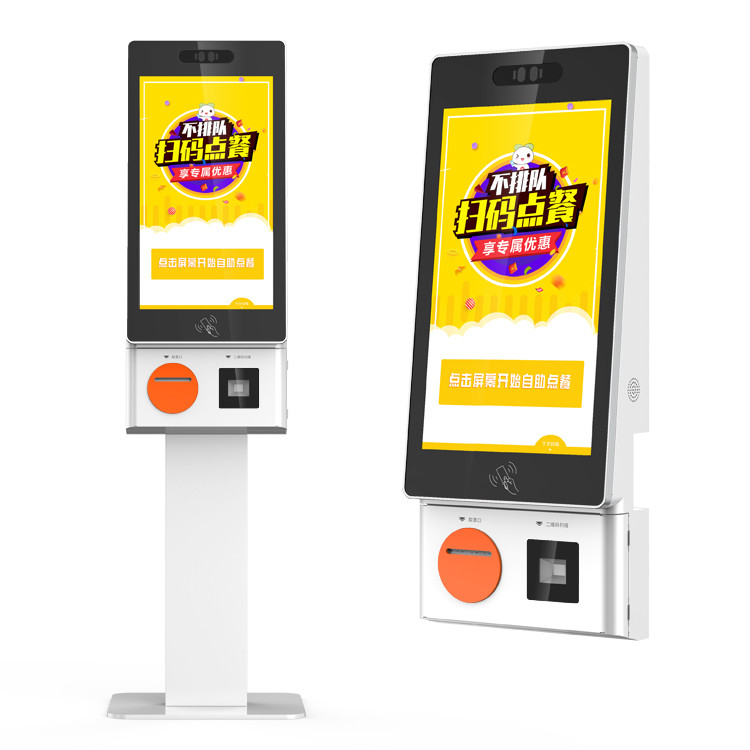
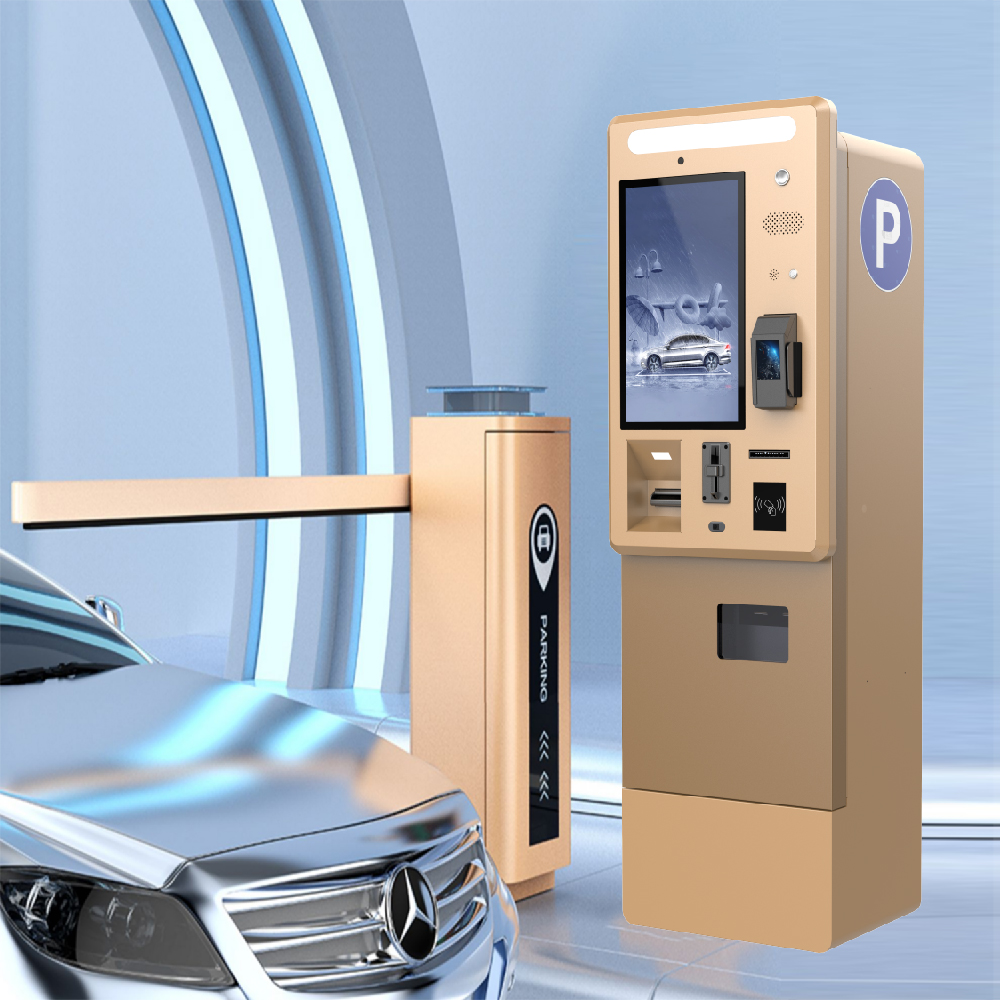
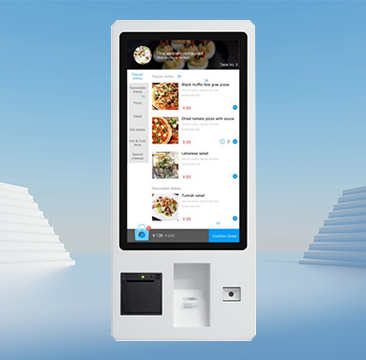
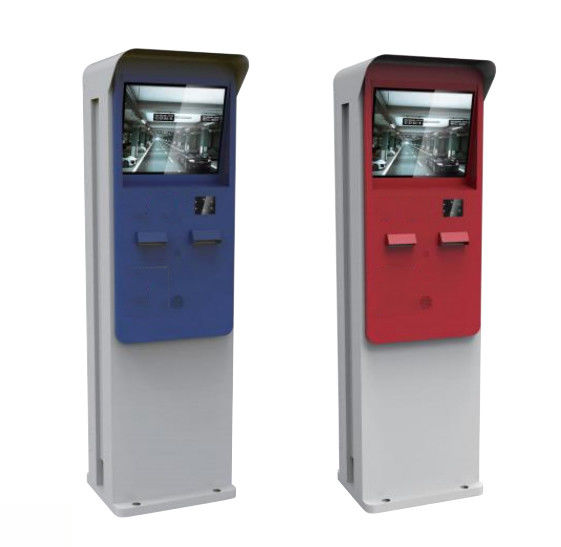

interactive kiosk hardware
Interactive kiosks are self-service terminals that provide information, services, or transactions to users. The hardware components of an interactive kiosk typically include:
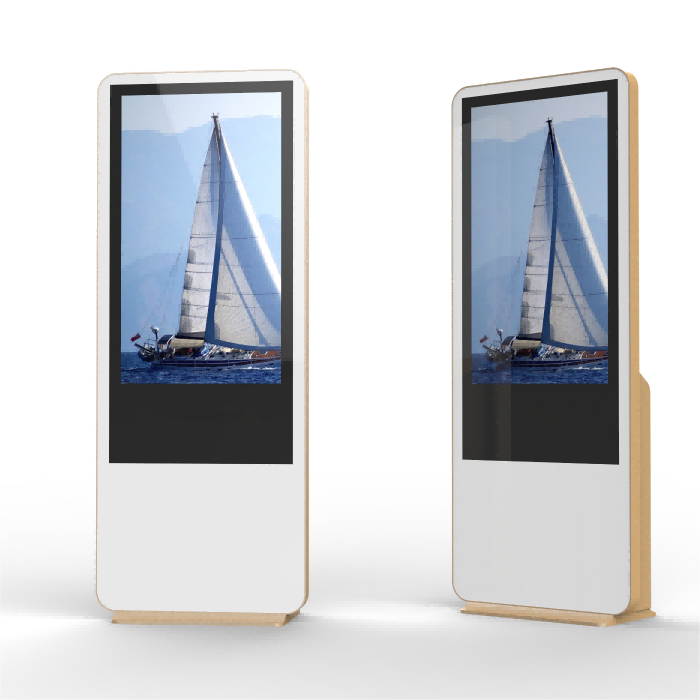
1. Touchscreen Display
This is the primary interface for user interaction. Touchscreens vary in size (e.g., from small screens in information kiosks to large displays in interactive directories), and they can be resistive, capacitive, or infrared-based depending on the application and durability requirements.
Touch screen technology allows users to interact with electronic devices by directly touching the screen, rather than using a keyboard, mouse, or other input devices. Here are the advantages and disadvantages of touch screen technology:
·Advantages:
① Intuitive and Easy to Use: Touch screens are very intuitive and user-friendly, making them easy to learn and operate, even for people with limited technical knowledge.
② Speed: They typically offer faster response times compared to traditional input devices like keyboards or mice, which can enhance user efficiency and productivity.
③ Space Saving: Touch screens eliminate the need for separate input devices (like keyboards and mice), saving space and reducing clutter in workplaces or public environments.
④ Multitouch Capability: Many touch screens support multitouch gestures (like pinch-to-zoom or two-finger scrolling), enabling more complex interactions and enhancing usability.
⑤ Versatility: Touch screens can be used in various applications and environments, from smartphones and tablets to interactive kiosks and digital signage.
⑥ Accessibility: Touch screens can improve accessibility for users with physical disabilities, as they provide an alternative input method that may be easier to use than traditional devices.
⑦ Engagement: Touch screens can increase user engagement and interaction with content, especially in interactive applications like educational tools or marketing displays.
·Disadvantages:
① Durability: Touch screens can be more prone to damage or wear compared to traditional devices, especially those with glass screens that can crack or scratch.
② Accuracy: Precise tasks (like drawing or detailed selections) may be more challenging on touch screens compared to devices with precise pointing devices (like stylus or mouse).
③ Fatigue: Extended use of touch screens, especially for typing or repetitive tasks, can lead to fatigue or discomfort in the fingers or hands.
④ Visibility: Touch screens can be harder to see in bright sunlight or under certain lighting conditions, depending on screen technology and brightness levels.
⑤ Cost: Touch screen devices can be more expensive to manufacture and repair compared to devices with traditional input methods.
⑥ Hygiene: Touch screens can accumulate fingerprints, smudges, and bacteria, requiring frequent cleaning to maintain visibility and hygiene.
⑦ Learning Curve: While intuitive for many tasks, some users may find touch screen interfaces initially challenging or less familiar compared to traditional input methods.
In summary, touch screen technology offers significant advantages in terms of usability, engagement, and versatility, but it also presents challenges related to durability, precision, cost, and user ergonomics that should be considered in different applications and environments.
2. Computer or Media Player:
This serves as the brain of the kiosk, running the software that drives the user interface and manages interactions. It includes components like a processor, RAM, storage (typically SSDs for faster performance), and a graphics card to ensure smooth operation and multimedia capabilities.
Processor performance and selection are crucial factors when choosing a computer or device. Here’s a comprehensive overview:
·Processor Performance Metrics
①Core Count and Threads:
- Core Count: Determines how many physical cores the processor has, influencing its multitasking capabilities.
- Threads: Utilizes hyper-threading to simulate additional virtual cores, enhancing multitasking performance.
②Clock Speed:
- Represents how fast the processor executes instructions per second, typically measured in GHz. Higher clock speeds generally mean faster processing, but it’s not the sole determinant of performance.
③Cache Size:
- Cache is high-speed memory inside the processor for storing frequently accessed data. Larger caches can improve data access speed.
·Factors to Consider in Processor Selection
①Intended Use:
- Determine your computing needs: whether it’s everyday tasks, gaming, content creation, or professional workloads like video editing or 3D rendering.
②Budget:
- Processor performance often correlates with price. Balance performance needs against your budget constraints.
③Brand and Model:
- Intel and AMD are the major processor brands. Each offers a range of series and models catering from entry-level to high-performance needs.
④Reviews and Comparisons:
- Consult independent reviews and benchmarks to understand how different processors perform in real-world applications.
·Common Processor Series
①Intel:
- Core i3/i5/i7/i9: Spanning from entry-level to high-end desktop and laptop processors.
- Xeon: Designed for workstations and servers requiring robust performance and reliability.
②AMD:
- Ryzen 3/5/7/9: Competing with Intel’s Core series, offering excellent performance for desktop users.
- Threadripper: High-performance desktop processors aimed at professional users and workstations.
So, when selecting a processor, consider core count, clock speed, cache size, and the specific demands of your tasks. Choose based on your budget and the performance required for optimal computing experience. Researching and comparing different models will help you find the best processor to meet your needs, enhancing overall system responsiveness and efficiency.
3. Kiosk enclosure
A kiosk enclosure is a critical component of an interactive kiosk, providing physical protection for its hardware and ensuring functionality in various environments. Here are key aspects to consider when choosing a kiosk enclosure:
①Material and Durability
- Metal: Offers robust protection against vandalism and weather conditions.
- Durable Plastic: Provides a lighter alternative with good impact resistance.
- Stainless Steel: Provides high durability and resistance to corrosion, suitable for outdoor or high-traffic areas.
- Powder-Coated Finishes: Enhances durability and provides customization options.
②Design and Construction
- Tamper-Resistant Features: Secure locks, hinges, and access panels to prevent unauthorized access.
- Sealed Enclosures: Protect against dust, moisture, and environmental elements, crucial for outdoor installations.
- Ventilation: Adequate airflow to prevent overheating, especially for enclosed spaces or in warm climates.
- Accessibility: Design features for easy maintenance and serviceability of internal components.
③Mounting Options
- Wall-Mounted: Saves floor space and provides security against theft.
- Floor-Standing: Freestanding units suitable for locations where wall mounting isn’t feasible.
- Tabletop: Compact enclosures for smaller kiosk designs or temporary setups.
④Accessibility and ADA Compliance
- Height and Reach: Ensuring accessibility for all users, including wheelchair users, with adjustable heights if necessary.
- Tactile Feedback: Raised buttons or braille instructions for visually impaired users.
- Clearance: Sufficient space for users to maneuver comfortably, especially in crowded areas.
⑤Customization and Branding
- Graphics and Branding: Options for customizing the enclosure with logos, signage, or specific color schemes to match branding or blend with the environment.
- Display Integration: Proper alignment and space for integrated displays, touchscreen interfaces, or additional peripherals like barcode scanners or printers.
⑥Security Features
- Locking Mechanisms: Secure locks for access panels, preventing unauthorized tampering or theft of internal components.
- Anti-Tamper Screws: Special screws or fasteners that require specific tools for removal, adding an extra layer of security.
⑦ Environmental Considerations
- Indoor vs. Outdoor: Choose enclosures rated for indoor or outdoor use, considering factors like temperature variations, humidity, and exposure to sunlight.
- Weatherproofing: Sealed enclosures with weather-resistant seals and gaskets to protect against rain, dust, and moisture.
⑧Integration with Peripherals
- Space and Compatibility: Ensure adequate space and compatibility for integrating peripherals such as card readers, barcode scanners, printers, and cameras.
⑨Ease of Installation
- Modular Design: Simplifies installation and maintenance with components that can be easily assembled or disassembled.
- Cable Management: Built-in channels or hooks for organizing cables and connections, reducing clutter and improving aesthetics.
Choosing the right kiosk enclosure involves assessing the specific requirements of your kiosk application, including environmental factors, security needs, user accessibility, and branding considerations. A well-designed enclosure not only protects the kiosk’s hardware but also enhances its usability and effectiveness in its intended setting.
Address: No. 99-15, Fuan intelligent manufacturing Industrial Park, Dayang Road, Fuhai Street, Baoan District, Shenzhen, China
- Tel:+852 59566712
- Email: frank@lien.cn
- Worktime:8:00-02:00
- Contact Person:Frank
- Mobile Site


